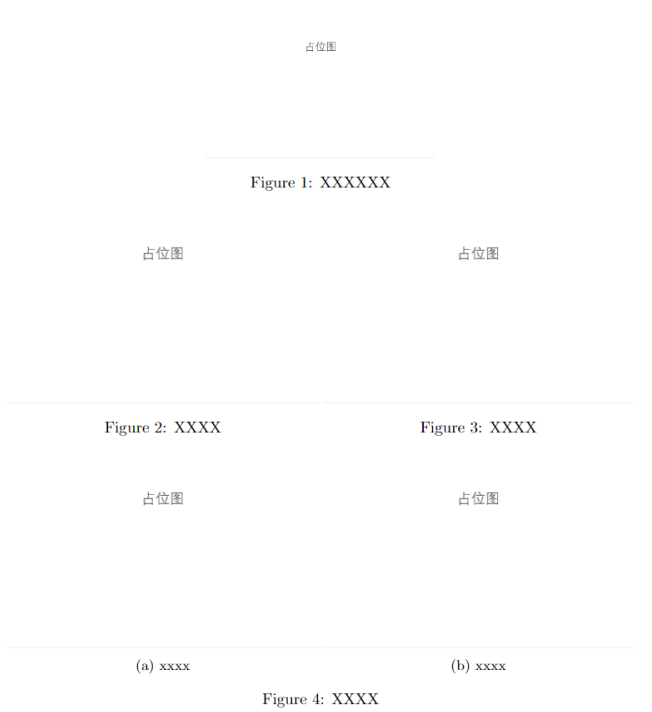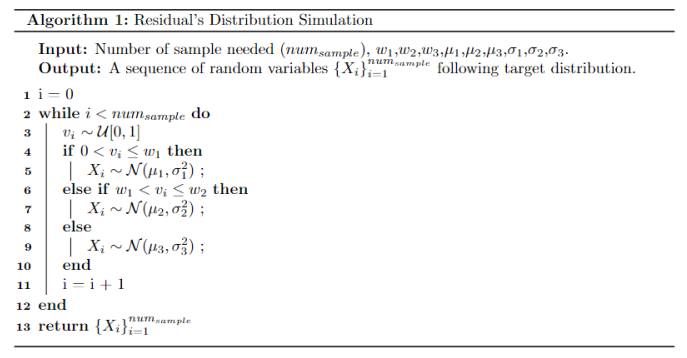1
2
3
4
5
6
7
8
9
10
11
12
13
14
15
16
17
18
19
20
21
22
23
24
25
26
27
28
29
30
31
32
33
34
|
\lstset{
language=Python,
basicstyle=\small\ttfamily,
commentstyle=\color{gray},
keywordstyle=\color{blue}\bfseries,
stringstyle=\color{red},
showstringspaces=false,
numbers=left,
numberstyle=\tiny\color{gray},
stepnumber=1,
numbersep=10pt,
tabsize=4,
showspaces=false,
showtabs=false,
breaklines=true,
breakatwhitespace=true,
aboveskip=\bigskipamount,
belowskip=\bigskipamount,
frame=single
}
\begin{lstlisting}
print("hello world!")
for qid in range(hs.shape[0]):
if qid < 1:
lvl = 0
elif qid >= 1 and qid < 3:
lvl = 1
elif qid >= 3 and qid < 6:
lvl = 2
elif qid >= 6 and qid < 11:
lvl = 3
\end{lstlisting}
|




